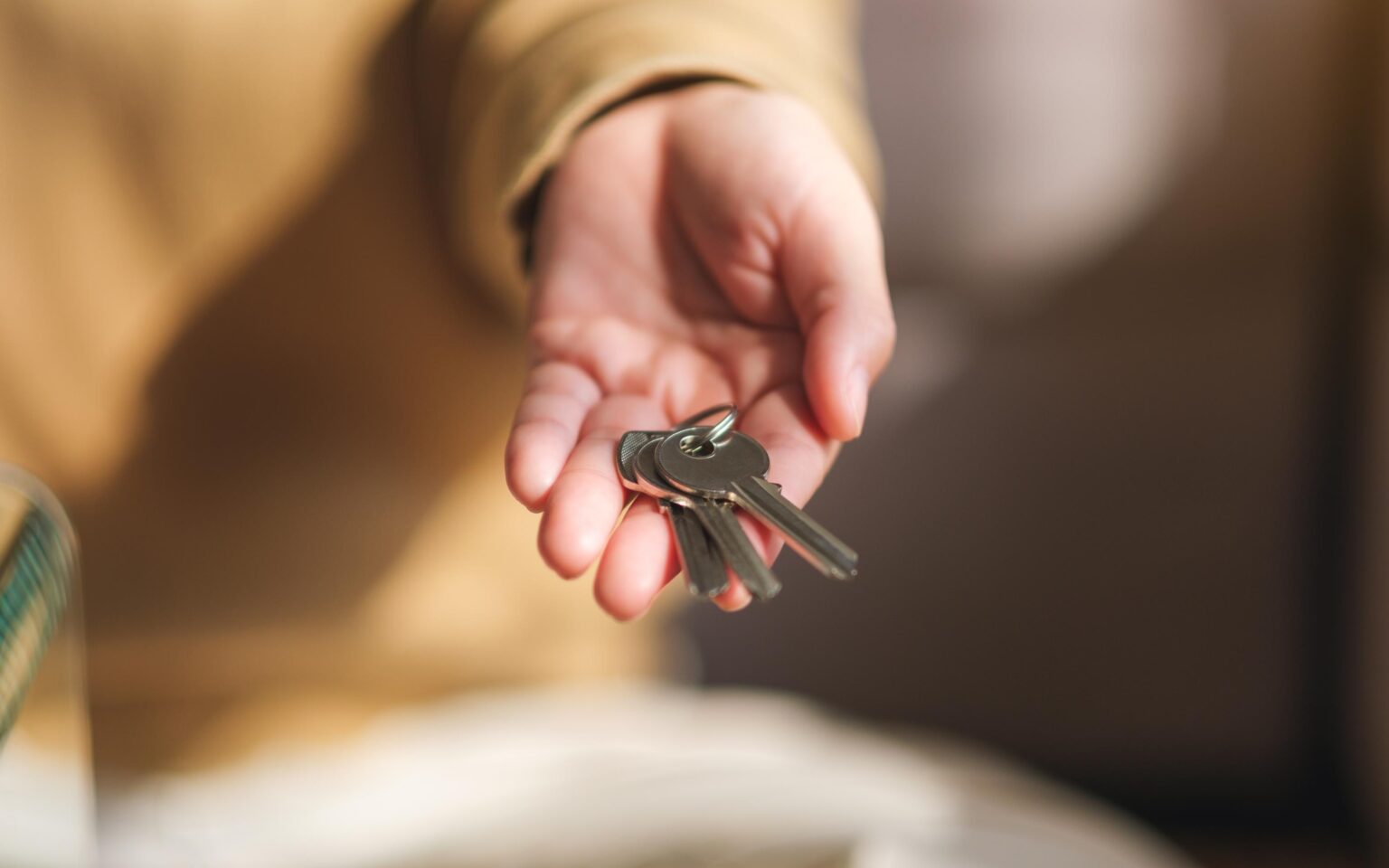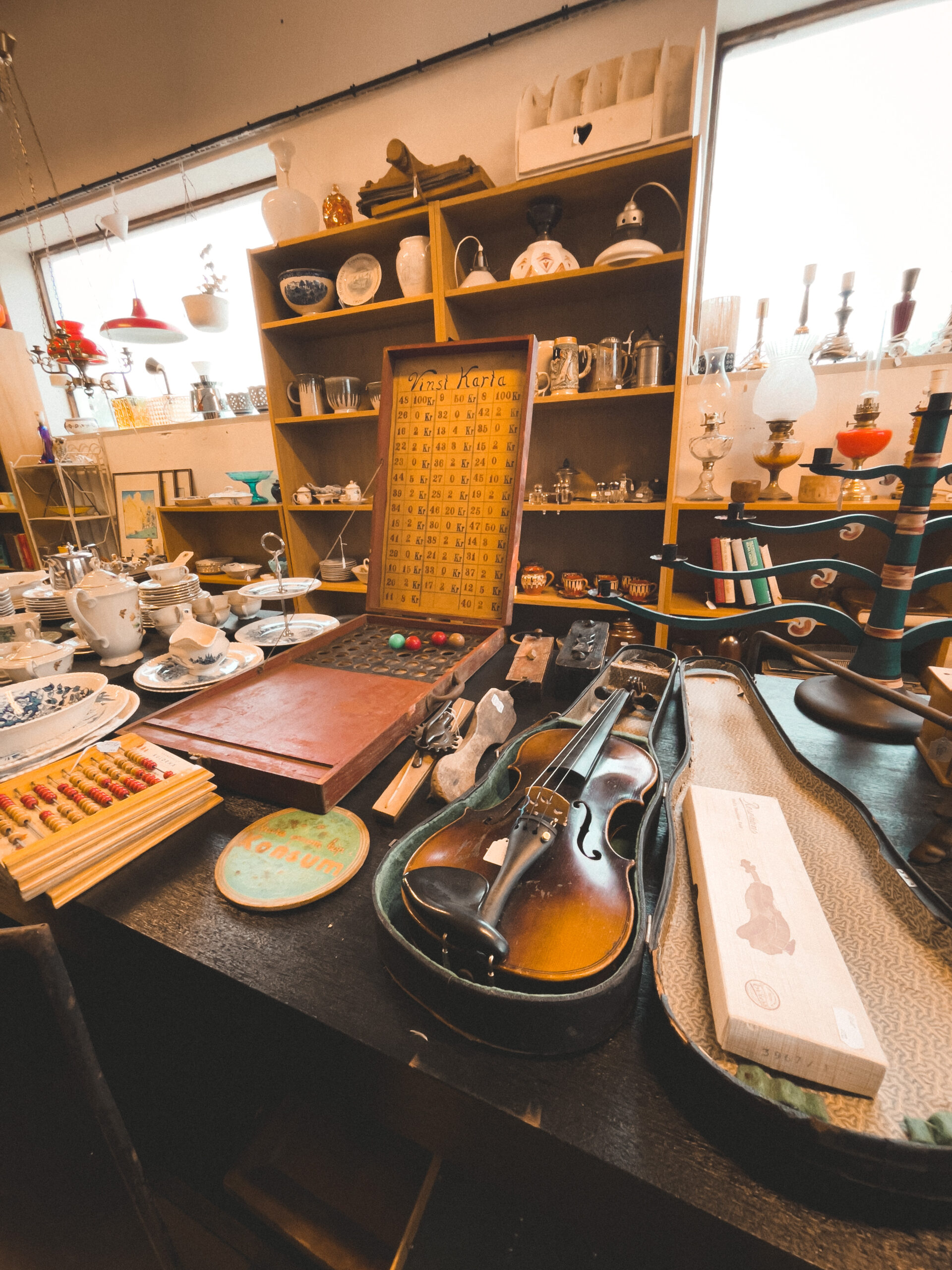Moving into a hyresrätt in Sweden can be exciting, but there are important steps to take before you unpack your first box. You find a place, sign the contract, and move in, right? Not quite. There are a few important steps to take care of, and if you skip them, they can come back to bite you later.
When I moved into my first hyresrätt (a regulated rental apartment), I quickly realized that the process comes with its own set of rules and expectations. Some things are obvious, like changing your address or getting the keys. Others are easy to forget, like checking for damage before you move in or confirming if the landlord (or previous tenant) will repaint and repair the walls.
This guide is a practical walk-through of everything you should do before, during, and just after your move-in. It’s not about the legal definition of a hyresrätt (I’ll cover that in a separate post). Instead, I’ll focus on the steps you need to take as a tenant to make sure you’re protected, comfortable, and ready to enjoy your new place.
Let’s start with the first step: the apartment viewing, or visning.
The Viewing (Visning)
Before you fall in love with the apartment, take the viewing seriously. It’s not just about seeing if you like the layout or the location. This is your one real chance to spot anything that might cause problems later.
Look carefully at the condition of the walls, floors, and appliances. Are there nail holes, chipped tiles, or strong paint colors from the previous tenant? Ask if the walls will be repainted, especially if they’re not white. In most cases, the apartment should be returned to a neutral standard before you move in, but it’s not automatic. Make sure to check if the oven, fridge, freezer, and stove are working. Look for signs of mold in the bathroom and inspect windows and fixtures to see if anything is broken or missing.
And don’t stop at asking questions. Always follow up in writing. After the viewing, send a short email confirming what was discussed. For example:
Thanks again for today. Just to confirm: the bedroom will be repainted, and the kitchen cabinet door will be fixed before move-in.
This kind of message can save you from future arguments. If something you were promised doesn’t get done, you’ll have proof it was agreed on. That’s especially important if you’re moving into an apartment owned by a larger company or housing association, where multiple people may be handling your case.
Signing the Contract
Once you’ve decided to rent the apartment, the next step is signing the rental agreement. This can happen in person or digitally, depending on the landlord. Most housing companies in Sweden use BankID for secure online signing. If you’re renting from a private landlord or a smaller company, you might be asked to sign the contract on paper instead.
Before you sign anything, take time to read the entire contract. Double-check the start date, rent amount, and what’s included. Some contracts include heating and water in the rent, while others don’t. Internet is usually separate. If you’re not sure about something, ask. You’re allowed to take the contract home and review it before making a decision.
Many rental agreements in Sweden run until further notice with a three-month notice period. If you’re signing a temporary or sublet contract, look carefully at how long it lasts and what the conditions are for ending or extending it.
Once everything looks good and the contract is signed, you can start preparing for the practical steps that come next.
Setting Up Electricity
In most hyresrätt apartments, you’re responsible for setting up your own electricity contract. Unless the landlord specifically says it’s included in the rent (which is rare), you’ll need to choose an electricity provider and make sure the power is connected before you move in.
Start by checking who owns the grid in your area. This is the company responsible for delivering the electricity to your apartment. You can’t change the grid owner, but you can choose who you buy your electricity from. Sites like Elskling or Compricer let you compare prices between providers and choose the one that fits your needs and budget.
You can often sign up online in just a few minutes. Make sure the contract starts on your move-in day so you’re not left without power when you arrive. If the electricity is already on when you move in, don’t assume you’re in the clear. You still need to register a contract in your name, otherwise you might get charged extra or have it shut off without warning.
Once your electricity is sorted, it’s time to protect your home with insurance.
Getting Home Insurance
Home insurance isn’t required by law in Sweden, but it’s something you absolutely should have. Some landlords even ask for proof of insurance before handing over the keys.
The standard type is called hemförsäkring. It covers your belongings in case of theft, fire, or water damage. It also includes personal liability if you accidentally cause damage to the apartment or a neighbor’s property. Some plans go further and include legal support or travel insurance.
You can sign up directly on the website of any major Swedish insurance company. The cost depends on the size of your apartment and the level of coverage you choose, but basic options are usually very affordable.
Just make sure the policy starts on your move-in date. That way, you’re protected from day one. Keep a copy of your policy and the contact details saved in a safe place in case something goes wrong.
Joining Hyresgästföreningen (Optional but Recommended)
This step isn’t required, but I always recommend it, especially if you’re new to renting in Sweden.
Hyresgästföreningen is the national tenants’ union. By joining, you get access to legal advice, support in case of conflicts with your landlord, and guidance on your rights as a tenant. They can also help if you have questions about rent increases, contract terms, or repairs that aren’t being handled properly.
Membership costs around 85 to 100 kronor per month, depending on your region. It also includes a magazine and access to local events and deals, but the main value is knowing that you’re not alone if something goes wrong with your apartment.
You can sign up online in just a few minutes, using BankID. If you ever need help, their support is available in English too.
Updating Your Address with Skatteverket
Once your move-in date is confirmed, make sure to update your address with Skatteverket, the Swedish Tax Agency. This is important because everything from official letters to your healthcare registration depends on having the correct address in their system. Some landlords may require confirmation of changing your address upon collecting the keys.
You can do this online using your BankID. Go to skatteverket.se and search for flyttanmälan. The process only takes a few minutes. You’ll be asked about your new address, who is moving with you, and the date when the new address becomes active.
Be sure to register your move as soon as possible. If you wait too long, your mail might end up in the wrong place or your contact details could be outdated in official systems.
Picking Up the Keys
You’ll usually pick up your keys at the housing company’s office, not at the apartment itself. They will give you a specific day and time when the keys are available, often sometime in the afternoon on your move-in date. Make sure to check their office hours in advance. Most housing companies only handle key pickup during regular business hours on weekdays. If your move-in date is during the weekend, you will be allowed to collect the keys on the first working day (ex. if your move-in date in the contract is on Saturday, you will collect your keys on Monday).
Bring your ID and any required documents. Some housing companies may ask for proof of home insurance or confirmation that you have set up your electricity contract. If you are unsure, contact them ahead of time so you do not show up unprepared.
Once you have the keys, you will go to the apartment on your own. This is when you should carefully compare the condition of the apartment with the inspection report, called a besiktningsprotokoll. This document lists any damage or wear that was noted before your arrival. Do not assume everything is fine without checking.
If you see anything that is missing from the report, take photos and write it down right away. Report it as soon as possible to avoid being held responsible later.
Checking the Apartment and Reporting Issues
Once you’re inside the apartment, take time to go through every room and compare what you see with the inspection report. Don’t rush this part. It’s your only chance to document anything that might have been missed.
Check the walls, floors, windows, kitchen appliances, bathroom fixtures, doors, and built-in storage. Look for cracks, stains, dents, or anything that looks broken or worn. Turn on the lights and test all switches and outlets. Run the water in the kitchen and bathroom to check the taps and drains.
Take clear photos of anything that seems damaged, even if it looks minor. Then send an email to your housing company or landlord as soon as possible, ideally within the first few days. Keep your message short and factual. For example:
Hi, I just moved into the apartment at [address]. I noticed a few things that are not listed in the inspection report. Please see attached photos of a cracked tile in the kitchen and a stain on the bedroom ceiling.
Reporting issues early protects you when it’s time to move out. If you don’t mention them now, you could be blamed for them later and charged for repairs.
Final Thoughts on Moving into a Hyresrätt in Sweden
Moving into a new hyresrätt can feel overwhelming, especially if it’s your first time dealing with the Swedish rental system. But with the right preparation, it does not have to be stressful. Taking care of these simple steps early, from confirming repairs after the viewing to checking the inspection report, can save you a lot of time and trouble later.
I hope this guide helps you feel more confident and in control as you settle into your new home. If you found it helpful, share it with someone else who is planning a move or just starting their journey in Sweden.
And remember, everyone starts somewhere. You are doing great.















